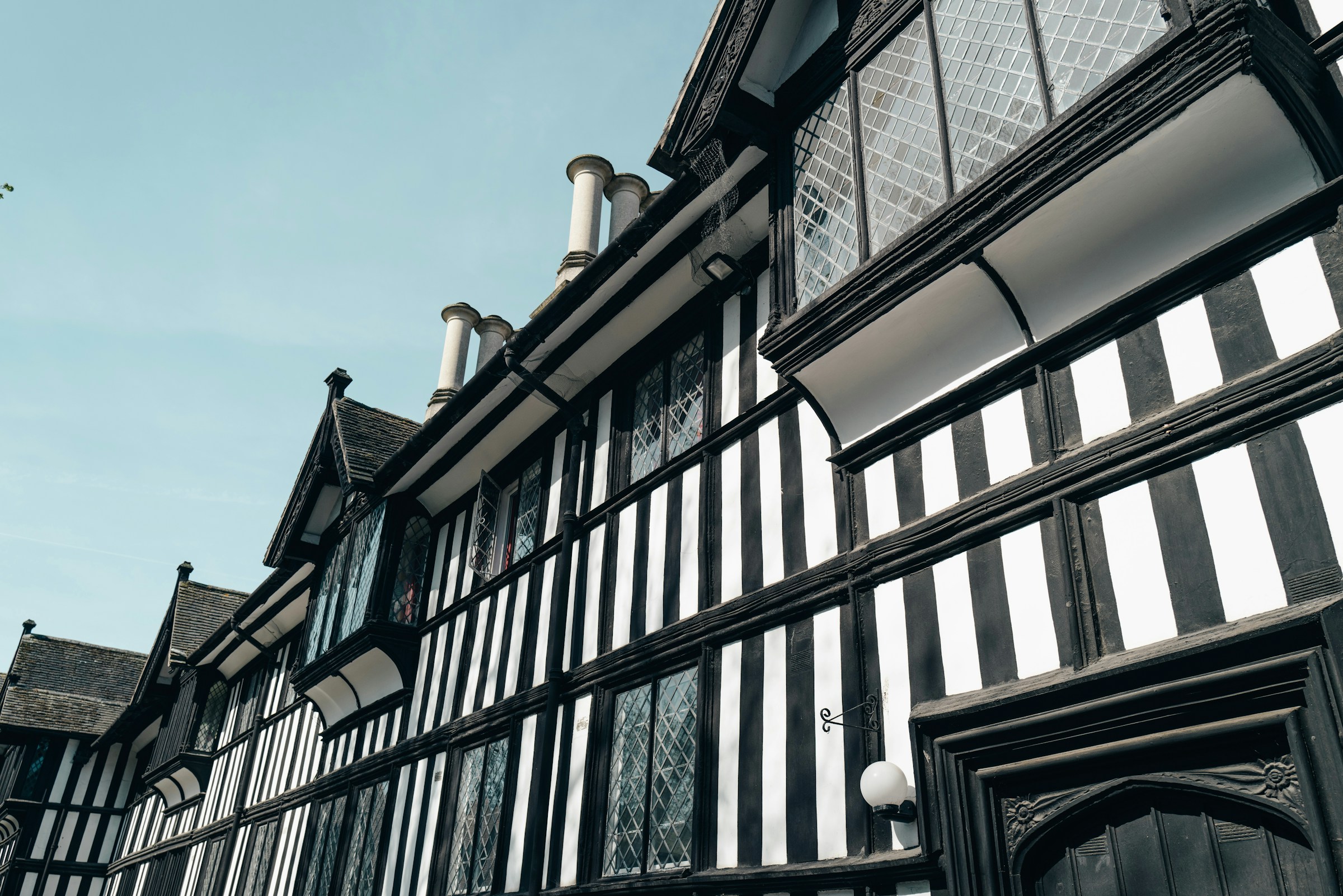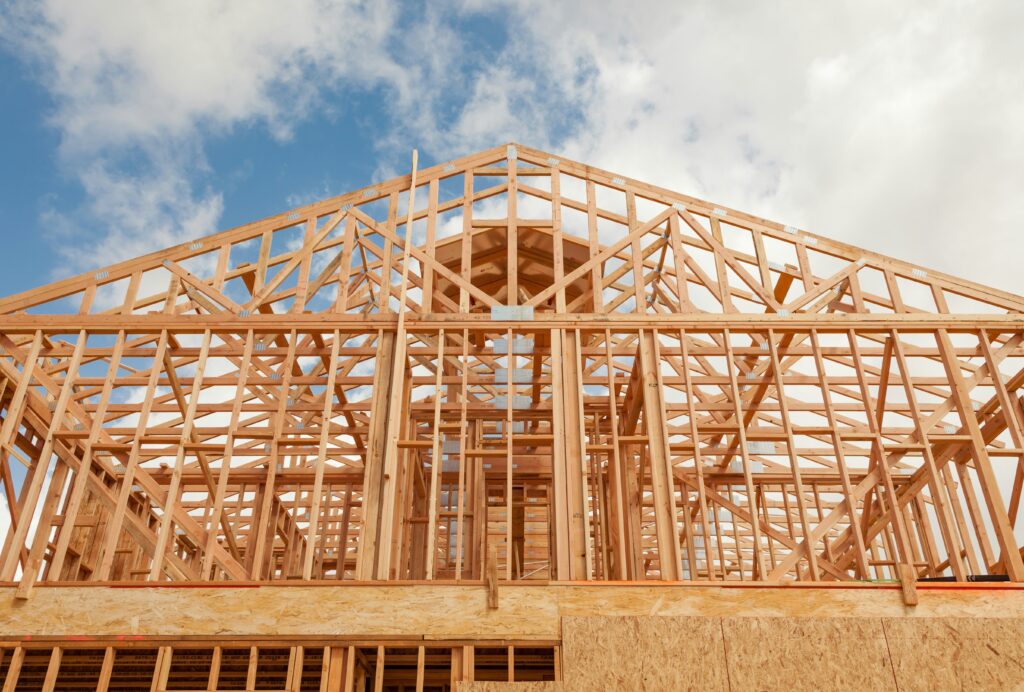
What Can You Do to a Listed Building?
Listed buildings are full of character, charm and history, but they also come with strict rules about what you can and can’t do to them. Whether you’re already living in one or thinking about buying, it’s important to understand the responsibilities that come with owning a protected property.
In this guide, we’ll look at what you can do to a listed building, the approvals required, and how to sell one quickly if the responsibilities become too much.
What is a listed building?
A listed building is one that has been placed on the official register of buildings of special architectural or historic interest. The purpose of this is to protect structures that contribute to the country’s cultural heritage, and ensure their character and features are preserved for future generations.
For example, buildings might be listed to safeguard their unique architectural design, historical significance, craftsmanship, or association with notable events or people. This protection helps maintain the nation’s history and prevents inappropriate alterations or demolitions that could diminish their value.
Listed buildings are categorised into three grades based on their significance. Grade I buildings are of exceptional interest, sometimes considered internationally important. Grade II* buildings are particularly important and of more than special interest, while Grade II buildings are of special interest, warranting every effort to preserve them.
What changes can you make to a listed building?
Making changes to a listed building requires careful balancing between preserving its historic significance and accommodating modern needs. As these buildings are legally protected, any alterations, whether inside or out, must respect their character and usually require formal approval.
Interior modifications
Interior changes can include everything from routine maintenance to more extensive renovations – but for a listed building, all work must preserve the building’s historic features. Original elements such as mouldings, fireplaces, staircases, wall panelling, decorative plasterwork, and flooring are considered important and should be retained wherever possible. When considering interior alterations, it’s essential to consult with conservation officers to ensure proposals are sympathetic to the building’s significance.
Modern upgrades such as electrical rewiring, plumbing, insulation, and heating systems are generally acceptable, as long as they cause minimal damage and are installed discreetly. It’s usually prohibited to remove or alter structural elements or historic fabric without prior approval. Even seemingly minor changes, such as repainting walls or fitting new fixtures, might require approval if they affect the building’s character.
Exterior alterations
The exterior of a listed building is often the most visible aspect of its heritage and so, it is often closely protected. You’ll generally require content to make any alterations to windows, doors, roofing materials, chimneys, and external walls. For example, replacing original timber sash windows with modern alternatives or changing traditional roof tiles to different materials would likely be refused unless it can be justified by conservation principles.
Other external features such as boundary walls, gates, and garden structures can also be covered by listing and so will require permission to alter. Even changes such as repainting or cleaning stonework must be done carefully and use appropriate materials and methods to avoid any damage.
Extensions and structural changes
Adding extensions or making major structural changes to a listed building is typically the most complex and sensitive area of renovation. Proposals must demonstrate that the new work will not harm the building’s historic integrity. Extensions, for example, will need to be designed with respect to the scale, form, and style of the original structure, and typically need to use materials that match or complement existing ones.
Sometimes, it will be preferred that modern additions are clearly distinguishable yet sympathetic, as this helps to maintain a clear record of the building’s evolution. Any structural changes that affect the fabric of the building, such as removing walls, inserting new openings, or altering foundations, will require detailed plans and listed building consent. In some cases, these works may also require archaeological assessments or specialist surveys.
What permissions do you need to change a listed building?
It’s essential to obtain the correct permissions if you want to make changes to a listed building. These permissions are designed to protect the building’s special architectural and historic interest, and failing to secure them can result in legal consequences, including fines or enforcement action. It’s essential to understand the difference between listed building consent and planning permission, and how to work with conservation officers, to ensure any work is carried out lawfully and sensitively.
Listed building consent
Listed building consent is a specific form of approval required for any work that affects the character, appearance, or historic fabric of a listed building. This includes alterations, extensions, demolition, and even some repairs.
The consent process is separate from regular planning permission and is governed by legislation aimed at protecting heritage assets. Applications must provide detailed information about the proposed work, including drawings, materials, and methods to be used. The local planning authority will then assess whether the changes preserve or enhance the building’s significance.
It’s important to note that you’ll need listed building even if the work is internal and not visible from the outside. Carrying out work without this consent is illegal and can lead to enforcement notices requiring the building to be restored to its original state, as well as potential prosecution.
Planning permission
If the proposed work involves making changes to the use of the building, new extensions, or affects the surrounding land, then planning permission will typically be required in addition to listed building consent. Whilst listed building consent focuses on protecting the heritage aspects, planning permission considers the wider issues such as the impact on the local area, concerns of the neighbours, and environmental factors. For example, adding a large extension or converting outbuildings might require planning permission to ensure the development fits with local planning policies.
You can typically apply for both listed building consent and planning permission simultaneously, and local authorities will be able to coordinate the decisions. However, obtaining planning permission alone does not permit works that affect the listed building’s character – listed building consent will still be necessary.
Working with conservation officers
Conservation officers are specialists who work withing local authorities and advise on how to manage and protect listed buildings and other heritage assets. They play an important role in the permission process by assessing applications, offering guidance on suitable materials and methods, and helping to balance preservation with practical needs.
It can be particularly valuable to engage with conservation officers early in the planning stages, as they will be able to highlight potential issues and recommend solutions before you submit your formal application. They will often encourage approaches that respect the building’s historic fabric whilst also allowing for sensitive adaptations.
It can be beneficial to build a positive working relationship with conservation officers to help avoid delays or refusals and generally ensure the process runs smoothly. It’s important to provide them with thorough and accurate information, including detailed plans and evidence of specialist input, to show that the proposed work is appropriate and well considered.
How Sell House Fast can help you sell a listed building quickly
Selling a listed building can be more complicated than selling a standard property. Buyers are often cautious due to the restrictions that come with listed status, such as limitations on alterations and the need for specialist maintenance. This can lead to longer sale times and potential issues during surveys or legal checks. Historic features that appeal to some can raise red flags for others, especially if the building has structural issues, outdated services, or requires significant upkeep.
If you’re looking to sell a listed building quickly, a traditional estate agency route might not be the most efficient option. That’s where Sell House Fast comes in. We buy any property, including listed buildings, regardless of condition or complexity. There’s no need to carry out repairs or wait for lengthy chain processes. We bypass the open market and remove the uncertainty that often comes with selling heritage homes. Whether the building needs extensive work, has had unauthorised changes, or has been struggling to attract interest, we can provide a straightforward cash offer and complete the sale in a timeframe that suits you.
You can contact our property specialists to find out more.


